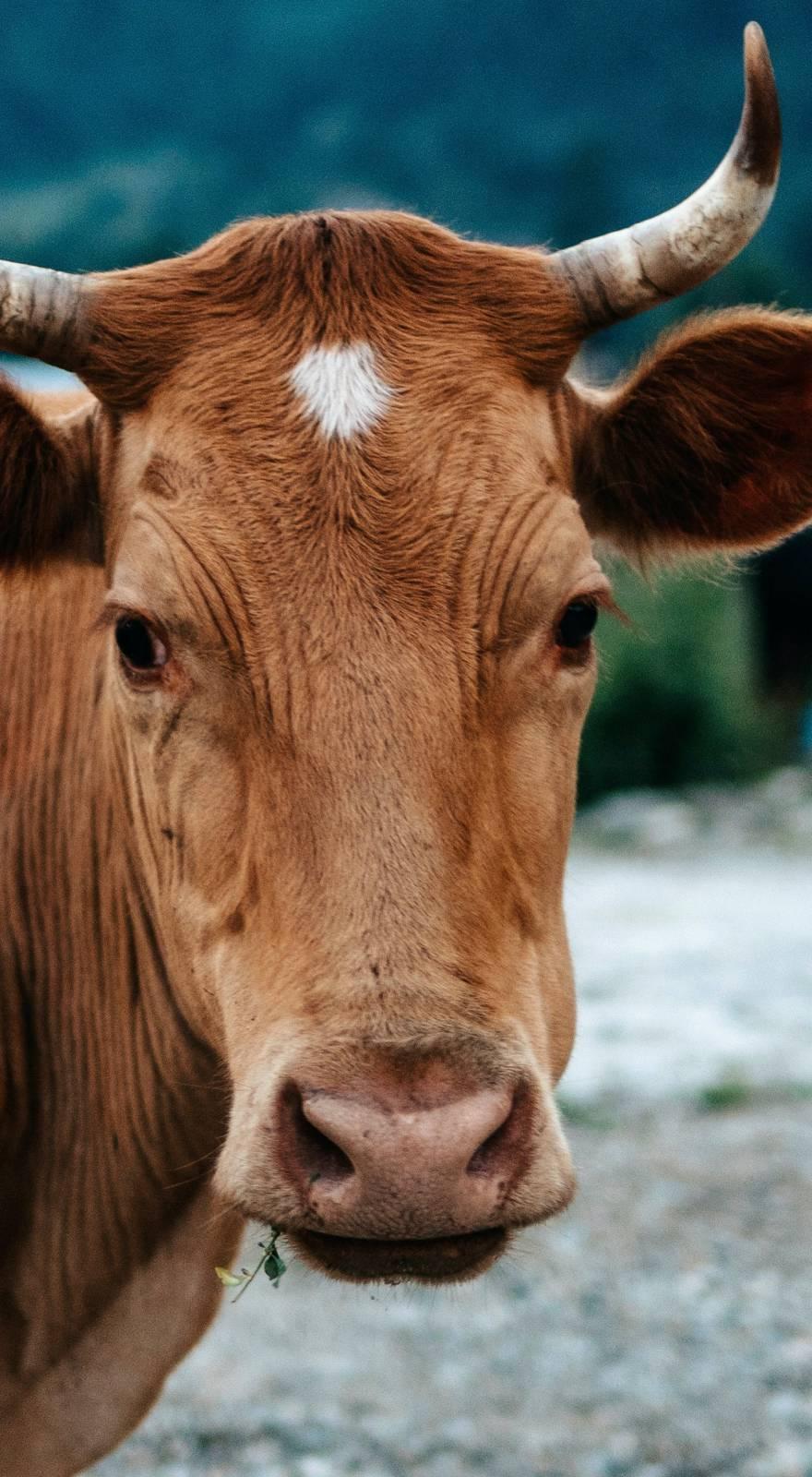Knowde Enhanced TDS
Identification & Functionality
- Agrochemical Functions
- Technologies
- Product Families
Applications & Uses
- Markets
- Applications
- Applicable Crop
- Insecticide Target Species
- Plant and Harmful Organisms for Using the Plant Protection Product
Plant Name Harmful Organism Name Application Dose and Period Time Between Last Application and Harvest Apple
Apple Worm
(Cydia Pomonella)20 ml /100 L water
Larva14 days
Apple Crocodile
(Yponomeuta Malinellus)15 ml/100 L water
LarvaCereals
(Eurygaster Spp.)15 ml/da
1.-3. and 4-5. period
nymph and new generation adult14 days
Cereal Proboscis Beetle
(Pachytychius Hordei)15 ml/da (Aelia Rostrata) 45 ml/da
overwintered adult, 2.-5. period
nymph and new generation adultSweetcorn
Cob Wolf
(Sesamia Nonagroides)40 ml/da
larva
3 applications are made with an interval of 15 days.14 days
Corn Wolf
(Ostrinia Nubilalis)Sugar beet
Shield Bugs
(Cassida Spp.)15-20 ml/da 14 days
Leafhopper
(Chaetocnema Tibialis)15-20 ml/da Leafhopper
(Cleonus Spp.)40-50 ml/da Tomatoes Greenwolf
(Helicoverpa Armigera)50 ml/da 14 days Olives Olive Fly
(Bactrocera Oleae)25 ml/100 L water 14 days Hazelnut Nut Worm
(Curculio Nucum)40 ml/da 14 days Vineyard * Skeleton Key
(Otiorhynchus Spp.)30 ml/100 L water 7 days Cotton ** Greenwolf
(Helicoverpa Armigera)200 ml/da
larva14 days - * It cannot be used in vineyard areas where vineyard leaves for consumption will be harvested.
- ** Not used in the Mediterranean Region.
- Usage of the Plant Protection Product
- Applications against apple worms in apples should be guided by a forecasting and early warning system.
- The goal in the control of apple locusts is to kill the hatched larvae before they enter the fruit by keeping the trees with pesticides during the larvae emergence of each generation.
- If there are 4 clusters of larvae that have penetrated into the epidermis or meshed in the 100 leaf bouquet that will represent the garden, the application is made.
- In case there are 10 nymphs or more per m2 against sun worms in the cereals, when the share of 2nd stage nymphs in the population is 40% in order to protect the parasitoids in nature, 1.-3.
- Chemical control should be carried out against nymphs.
- When it is determined that the parasitoids are not able to keep the pest under pressure 4-5.
- Chemical control against nymphs should be continued.
- Against the grain tuberculosis in the field, counting is made with 1/4 m2 frames in 12 random places at 10-20 step intervals in the field and application should be made in areas where an average of 5 or more mature insects per m2 are detected.
- In cereals, at least 10 counts should be made with 1/4 m2 frames in a 5 decare field and when an average of 2 overwintered adults per m2 are seen, the application should be made.
- In cases where it is not possible to fight against overwintered adults, at least 10 counts are made with 1/4 m2 frames on a 5 decare field, and an average of 10 2nd-5th genus per m2.
- When a period nymph or a new generation adult is seen, the application should be done without delay.
- Application is made when the first egg is detected against corn cobworm and corn worm in maize.
- After the first application, 2 more applications are made with an interval of 15 days.
- In tomato, eggs and larvae are searched in the flower, leaves, stem, fruit and shoots of the plant by entering the field in the diagonal direction against the greenworm and controlling 50-100 plants according to the size of the field.
- If 5 out of 100 plants are found to be contaminated, the application is made.
- In case of an increase in the number of adults of olive flies caught in sufficient hits and traps, chemical control should be carried out by making the count of the pits in the olive against the olive fly when the fruits reach the maturity of laying eggs.
- Against hazelnut worms, the application is made if more than 2 hazelnut worms are observed in 10 January during the controls made during the period when the fruits reach the size of lentils.
- Chemical control is recommended against pickle in the vineyard in early spring, if pests or damage are detected in 10 of 25 vines selected from five places, one from the four corners and one in the middle of the vineyard, by visiting the vineyards known to be infested with the pest, two days a week.
- In cotton, all randomly selected plants with 3 m row length are checked against greenworm, and greenworm eggs and larvae are counted and when there are 2 larvae with an average of 3 m row length, the application is decided.
- Resistance Management
- This is an Insecticide classified as (Group 3A) according to its mechanism of action.
- Repeated applications of plant protection products with the same mechanism of action encourage the development of resistance.
- Therefore, in order to delay the development of resistance, do not exceed the recommended total number of applications of Doxin 100 EC in the same production season.
- In cases where the application needs to be repeated, pay attention to the use of plant protection products with different mechanisms of action (except for Group 3A).
- Compatibility
- It can be used by mixing with other insecticides, fungicides except those with high alkaline properties.
- It is recommended to make premix trials before mixing large quantities for application.
Packaging & Availability
- Packaging Type
- Packaging
250 ml, 500 ml and 1 L packages.

